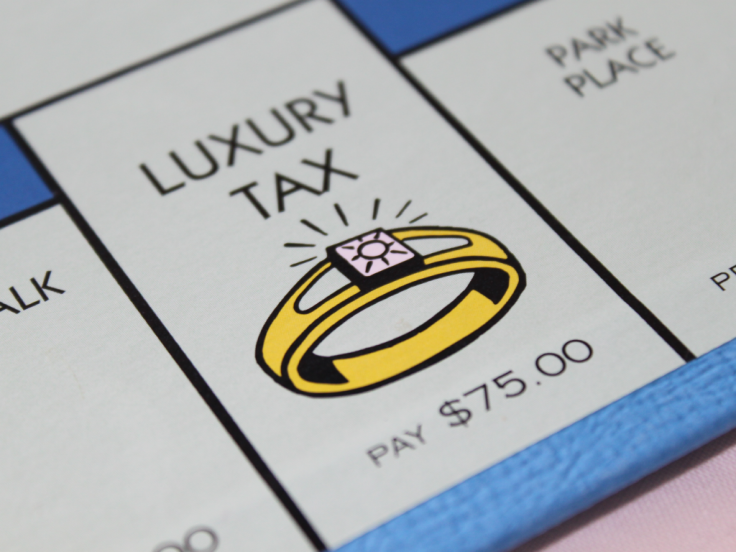Not Fair! Children Around The World React Differently To Inequality, Have A Different Idea Of Fairness

We’ve all heard it a thousand times: Life isn’t fair. Still, though, we try to make it as fair as possible through rules and laws, and teaching our children to have empathy and understanding for others. Harvard researchers wanted to know if fairness — which may be a key component of human civilization — develops the same way across all human cultures. According to their study, the answer may be no.
Published in Nature and led by Felix Warneken, the John L. Loeb associate professor of the social sciences, the study was centered on a simple game administered to children from seven different societies.
“We had run studies exploring this idea — what we call inequity aversion — in the Boston area, but this type of study, looking at the cross-cultural specificity of it, had never been done before,” Warneken said in a press release.
The Experiment
For the study, two children — one designated as the actor and the other the recipient — would participate in a test. They were seated on opposite sides of a simple apparatus that had two platforms and two handles. The scientists then placed rewards (candy) on the platforms in different distributions, some of which favored the actor and some favored the recipient.
“In some trials, the distribution was one piece of candy for the actor and four for the recipient, and in others it was the other way around,” Warneken said. “If the actor decides to accept the distribution, they pull a green handle, the platforms tilt out, and they get the candy. If they reject it, they pull a red handle, the platforms tilt in, the candy falls into a bowl, and nobody gets any.”
In the first test conducted in Boston, the team found the children’s age influenced how they reacted to the different distributions. Younger children were quick to reject disadvantageous inequity aversion, meaning a distribution in which the other person received more candy. Around 8 years old, however, the children began to reject distributions that favored them (advantageous inequity aversion) as well.
“That was a somewhat surprising finding, that kids were willing to make that type of sacrifice,” said Peter Blake, an assistant professor of psychology at Boston University and co-author of the study. “When we asked them why they did it, they said it was not fair.”
Expanding The Findings
Going off those findings, the researchers pondered whether those forms of inequity aversion would be found in other cultures, and eventually ran tests in Canada, India, Mexico, Peru, Senegal, Uganda, and the U.S.
“Given that we see disadvantageous inequity aversion so young in the U.S., we thought it was more likely we would see it in all cultures, and indeed, that’s what we found,” said Katie McAuliffe, co-author of the paper and an assistant professor at Boston College. “There was some variation in the age when it emerged, but we saw it everywhere.”
Rejections of advantageous inequality, however, were only observed in three countries: the U.S., Canada, and Uganda.
“Given our previous results, you might not be terribly surprised to see it in the U.S. and Canada, but Uganda seems like an unusual finding,” McAuliffe said. “One reason might be that … the children from the school in which we conducted our study interact with Westerners on a fairly regular basis, so it’s possible that they are exposed to the same Western norms.”
Looking Forward
The findings, according to the study’s authors, suggest that disadvantageous inequality aversion may be universal in humans, but its opposite appears to be more influenced by cultural norms.
“This is a nice first step, and a large one, toward making the case that disadvantageous inequity aversion looks like a universal feature,” Blake said. “But it’s important to note that we were limited in the cultures we tested. We didn’t test hunter-gatherers, for example, so there’s always a possibility that we may not see this phenomenon in those cultures.”
The study lays an important foundation for future work, allowing scientists to target countries they believe may produce interesting results, and think deeply about how certain cultural differences may influence the development of fairness behaviors. Warneken said one idea going forward would be to start with cultures in which adults have shown large differences in inequity aversion, and see if those differences are seen in the children as well.
“We are not claiming that this advantageous inequity aversion does not exist in these cultures. It’s only that we do not find it in early childhood and early adolescence,” Warneken said. “It could just be that this is something kids in the U.S., Canada, and Uganda are pushed toward early on, and we can speculate that in other cultures this is something that emerges later, when they are adults and engage in more of these economic exchanges.
Source: Blake P, McAuliffe K, Corbit J, Callaghan T, Barry O, Bowie a, et al. The ontogeny of fairness in seven societies. Nature. 2015.
Published by Medicaldaily.com



























